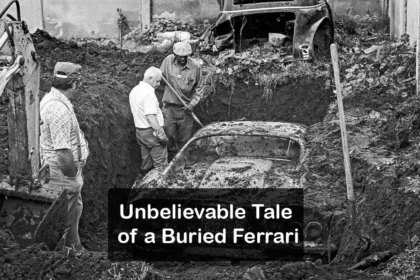The Great Cat Massacre of Strasbourg (1575) is one of the most disturbing event of the late medieval period. It involved the brutal killing of cats by apprentice printers in France. Because they were not satisfied with their harsh working environment and low social status. The massacre was not only a violent and cruel act, but also a symbolic one. That reflect the complex power, beliefs, and psychological motivations of the medieval society.
The Social Context: Apprentices, Guilds, and Hierarchies
To understand the Great Cat Massacre, it is important to consider the social context of the late medieval period. Apprenticeships were common among various trades, including printing. Apprentices lived and worked together in close quarters, forming their own subculture and experiencing a set of challenges. Apprentices were often mistreated, and abused by their masters.

The masters enjoyed authority over them. The masters pampered cats and feed cats better than the apprentices, who had to endure poor food, cold weather, and physical beatings. The cats became a symbol of the masters’ power and the apprentices’ resentment.
A Twisted Tale of Retribution
According to history records, the Great Cat Massacre revealed an act of riot by apprentice printers in France. Frustrated by their lowly status and abuse , they targeted the cats owned by their masters.
One of the apprentices imitated a cat by screaming like one for several nights, making the master and his wife despair. Finally, the master ordered the cats rounded up and sent. The apprentices did this, rounded up all the cats they could find, beat them half to death and held a ‘trial‘. They found the cats guilty of witchcraft and sentenced them to death by hanging.
The massacre was not only a way of venting their anger and frustration, but also a way of mocking and insulting their masters. By killing the cats, the apprentices called the master’s wife a witch and a slut.

The Symbolism: Cats as Symbols of Power and Misfortune
Cat slaughtering in the late medieval period holds symbolic significance. Cats were often with superstitions, and believed to possess supernatural powers and links to witchcraft.
By targeting cats, they sought to disrupt power and authority of their masters.
In the late medieval period, the brutal killing of cats held potent significant meaning. Viewed through the lens of superstition, these were not just pets, but believed to wield supernatural powers and harbor ties to witchcraft. This targeting of cats by apprentices wasn’t simply an act of cruelty. It was a calculated strike against the perceived power and authority of their masters.
By harming their symbols of status and magic, the apprentices aimed to disrupt their masters’ control and challenge their position in the social structure.
The late medieval period was a turbulent time, marked by political turmoil, economic hardship, and widespread dissatisfaction among the lower classes. Thus, the massacre, then, becomes a potent symbol of popular unrest.


















